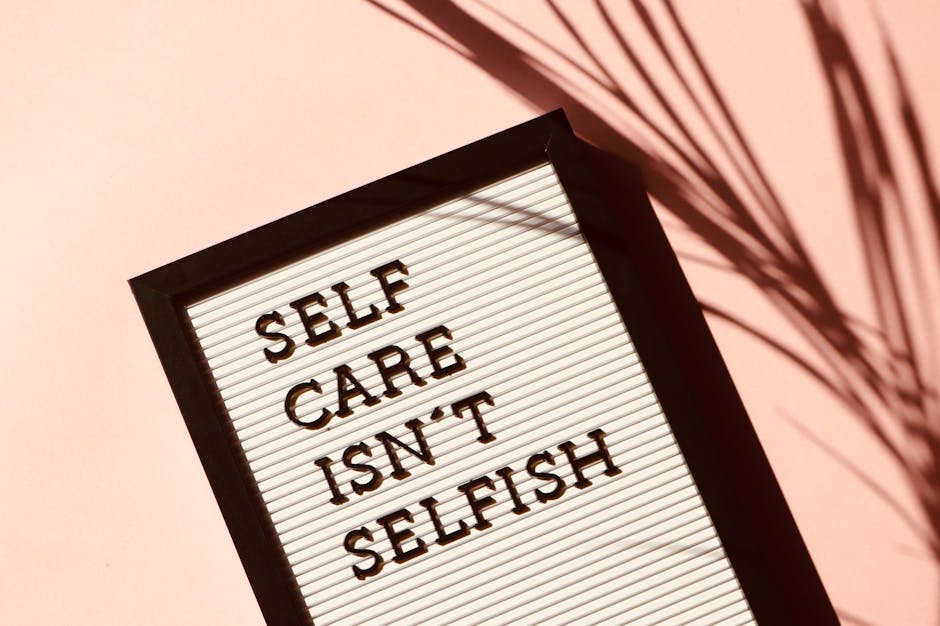Retaining Wellness Staff
Understanding Retaining Wellness Staff
Retaining skilled wellness professionals is more crucial than ever. The global demand for healthcare services continues to rise. Consequently, the competition for talented staff is intense. Traditional methods often focus on short-term incentives. These typically include sign-on bonuses and pay raises. However, these strategies rarely foster long-term loyalty or job satisfaction. Alternatively, investing in an employee’s growth demonstrates a deeper commitment. Upskilling abroad represents a significant investment in their future. This strategy acknowledges their value and potential. Therefore, it builds a stronger, more resilient workforce.
Retaining Wellness Staff Benefits
Implementing an upskilling abroad program offers multifaceted advantages. Firstly, it significantly boosts employee morale and job satisfaction. Staff feel valued when their employer invests in their development. Secondly, it enhances the skill set within your organization. Employees return with new knowledge and international best practices. Moreover, this experience often increases loyalty and reduces turnover intentions. Employees are less likely to leave after such a substantial investment. Additionally, it improves your organization’s reputation as an employer of choice. This attracts other high-caliber wellness professionals seeking growth opportunities.
How Retaining Wellness Staff Works
A successful program requires careful planning and structure. First, identify the specific skills gaps within your current team. Next, partner with reputable international training institutions. These partnerships are crucial for program quality and credibility. Then, select candidates based on merit, loyalty, and potential. Clearly outline the commitment expected from the employee upon return. Furthermore, provide support for logistics like visas and accommodation. This demonstrates organizational commitment to their success. Finally, integrate the newly acquired skills into your practice upon their return. This maximizes the return on investment for the organization.
Best Retaining Wellness Staff Practices
Adopting industry best practices ensures program success and sustainability. Firstly, secure executive buy-in and a dedicated budget. This ensures long-term commitment beyond a single fiscal year. Secondly, develop clear and transparent selection criteria. This prevents perceptions of favoritism and promotes fairness. Additionally, create a pre-departure orientation program. This prepares employees for the cultural and professional transition. Moreover, establish a communication plan to keep participants connected. This reduces feelings of isolation and maintains engagement. Finally, plan for post-program integration. This includes utilizing new skills and sharing knowledge with the broader team.
Retaining Wellness Staff Implementation
Effective implementation turns strategy into tangible results. Begin with a pilot program for a small group of high-potential staff. This allows you to refine the process before scaling. Next, work with legal experts to navigate international International Labour Organization guidelines and employment laws. Furthermore, align the training with your organization’s strategic goals. The skills learned should address future needs, not just current gaps. Additionally, measure key performance indicators before and after. Track metrics like retention rates, employee satisfaction, and patient outcomes. This data proves the program’s value and justifies continued investment.
Advanced Retaining Wellness Staff Strategies
For organizations ready to level up, advanced tactics yield greater rewards. Consider creating bilateral exchange programs with overseas partners. This brings international experts to your facility as well. Additionally, explore specialized certifications not available domestically. This positions your organization as a unique center of excellence. Moreover, integrate cultural immersion into the professional development. Understanding diverse patient backgrounds improves overall care quality. Furthermore, leverage technology for continuous learning. Use virtual platforms for pre-and post-training mentorship and support. This creates a comprehensive development ecosystem.
Retaining Wellness Staff Success Tips
Achieving success requires attention to detail and employee needs. Firstly, always link the training opportunity to a clear career path within your organization. Employees need to see their future after upskilling. Secondly, celebrate and promote the successes of returning staff. This builds program prestige and encourages future applicants. Additionally, gather continuous feedback to improve the program iteratively. Listen to the participants’ experiences and challenges. Moreover, ensure workload coverage during the employee’s absence. This prevents resentment from colleagues and ensures smooth operations. Finally, publicly champion the program’s benefits to build a supportive culture.
Future of Retaining Wellness Staff
The future of staff retention is increasingly global and holistic. Trends point towards blended learning models. These combine online modules with short-term intensive abroad experiences. Furthermore, expect a greater focus on mental health and resilience training. This is crucial for preventing burnout in high-stress wellness roles. Additionally, partnerships between governments and private healthcare providers may emerge. These could offer subsidies or simplified visa processes for training. Moreover, success will be measured by long-term career growth, not just retention. Organizations will track leadership progression from program alumni.
Frequently Asked Questions
What is the typical cost of implementing an upskilling abroad program?
Costs vary widely based on destination, program length, and training type. Generally, budgets must cover tuition, travel, accommodation, and a living stipend. Despite the initial investment, the long-term ROI through improved Retaining Wellness Staff rates and enhanced skills is significant. Many organizations find it more cost-effective than constant recruitment.
How do we ensure employees return after their training abroad?
A legally binding agreement is standard practice. However, a more effective strategy is fostering genuine loyalty. Create a compelling career path for them upon return. Additionally, maintain engagement during their absence through regular communication. Furthermore, building a positive organizational culture makes returning an attractive choice.
What are the risks involved in upskilling staff overseas?
Key risks include employee attrition, cultural adjustment difficulties, and program quality. Mitigate these by thoroughly vetting training partners. Additionally, provide robust pre-departure cultural training. Furthermore, ensure clear contractual obligations are understood. Consulting with U.S. Department of Commerce trade information can provide insights into international educational markets.
Can small wellness practices afford these programs?
Yes, through creative approaches. Smaller practices can explore shorter-term programs or regional destinations to control costs. Alternatively, consortium models allow several small practices to pool resources and send staff jointly. Grants and scholarships from international health bodies can also offset expenses.
How do we measure the program’s success?
Success metrics extend beyond simple retention. Track employee engagement scores, promotion rates of participants, and application rates for future programs. Additionally, measure the implementation of new skills and techniques learned abroad. Furthermore, monitor patient satisfaction scores related to services delivered by upskilled staff.
Are there specific countries known for excellent wellness training?
Many countries offer world-class training. For example, the UAE government employment regulations support a growing health sector. Additionally, destinations in Europe, North America, and Asia are renowned for specific specializations. The choice should align with the specific skills you wish to develop, following World Health Organization workplace standards.
Conclusion
In conclusion, the battle for talent in the wellness sector requires innovative solutions. Retaining Wellness Staff through strategic international upskilling is a transformative approach. It moves beyond transactional bonuses to building profound loyalty. This method addresses career growth, cultural competence, and personal development simultaneously. Therefore, it creates a powerful win-win scenario for employers and employees. The initial investment pales in comparison to the costs of high turnover and constant recruitment. Organizations that embrace this strategy will secure a loyal, highly skilled, and globally-minded workforce. They will lead the industry in quality of care and employee satisfaction. The future of healthcare retention is global, strategic, and deeply human-centric. Now is the time to invest in your people’s growth to secure your organization’s future.
Ready to build a resilient and skilled wellness team? Explore our professional resources to learn more. For a tailored strategy, request an expert consultation today. You can also directly schedule appointment with our advisors to begin planning your retention program. For broader economic context, consider reports from the World Bank economic reports.




